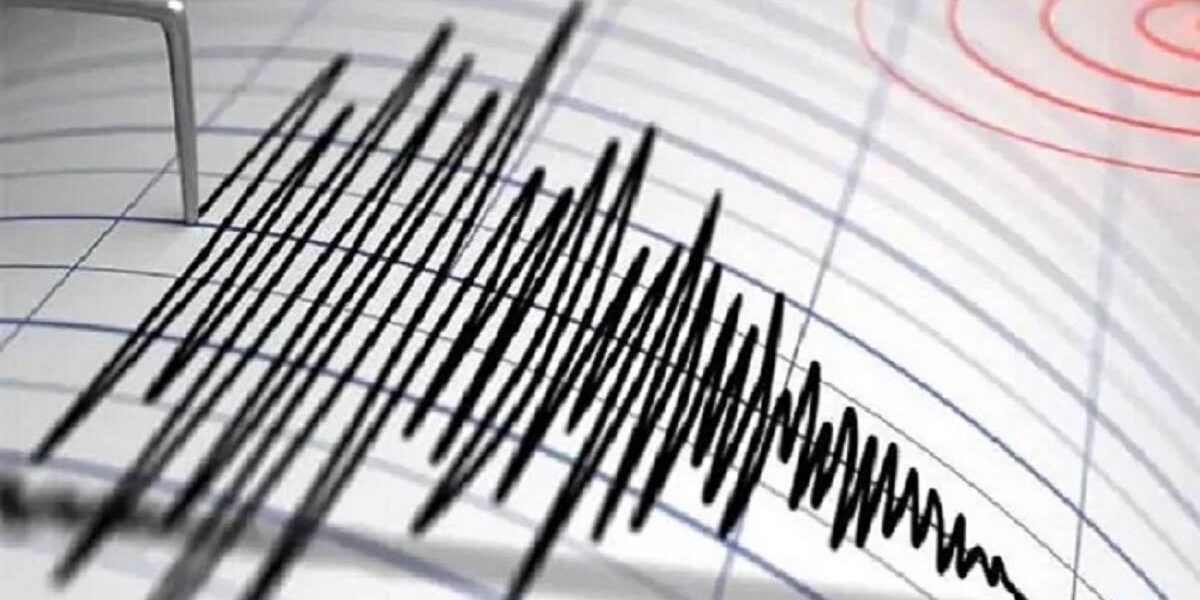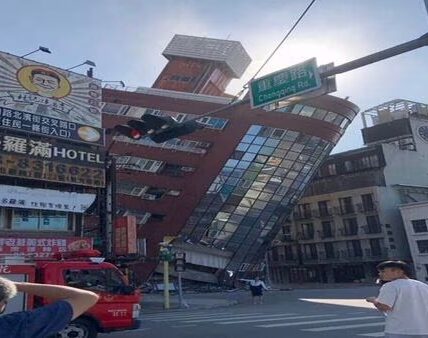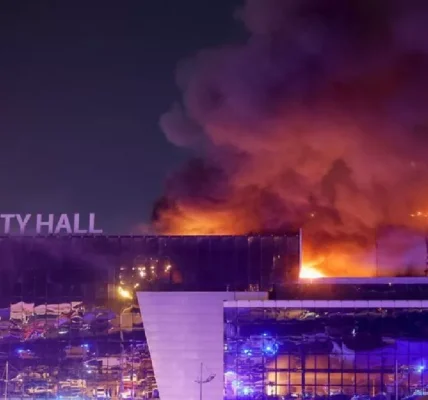Japan Earthquake:
An earthquake with a magnitude of 7.5 has been felt in western Japan. The tremors of this earthquake were experienced in North Central Japan. As soon as the earthquake occurred, a tsunami warning was issued. In the tsunami warning, people have been urged to evacuate coastal areas of Ishikawa, Niigata, Toyama, and Yamagata regions quickly. There is concern that waves up to 5 meters high may reach the shores near Noto Peninsula in Ishikawa.
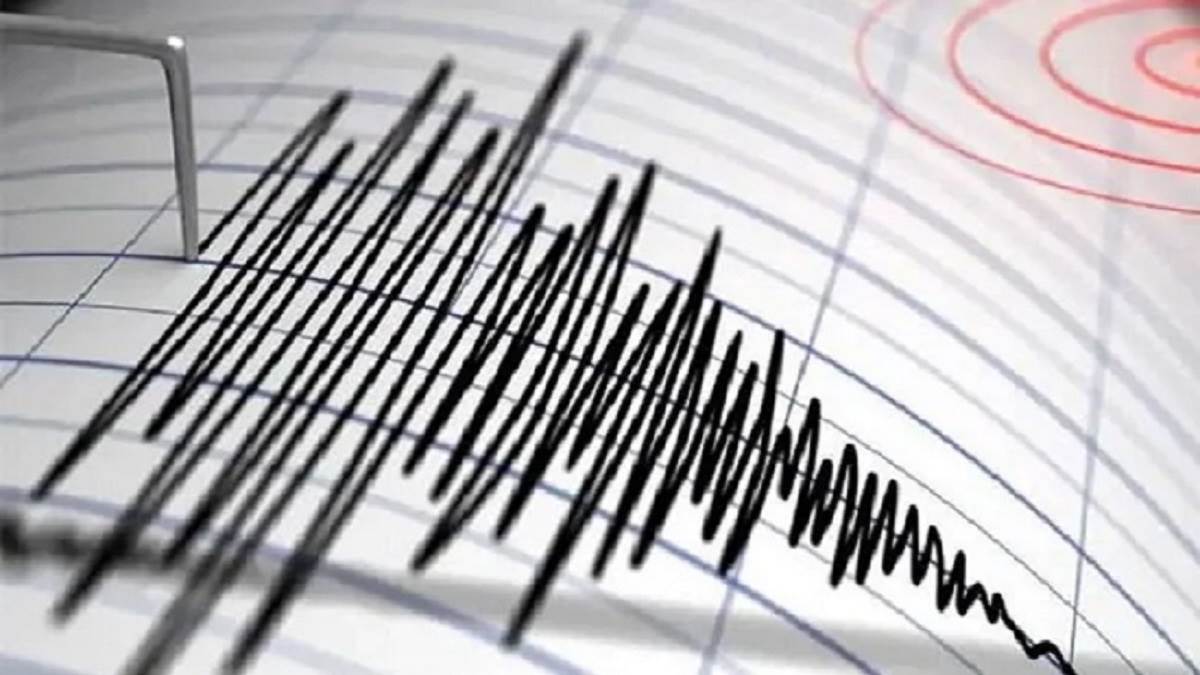
According to NHK’s report, the tremors of the earthquake felt on New Year’s Day were experienced in Tokyo and the Kanto region. After issuing the tsunami warning, residents of coastal areas in Ishikawa, Niigata, Toyama, and Yamagata regions were urged to evacuate quickly, and waves more than 1.2 meters high reached Noto Peninsula’s Wajima Port in Ishikawa.
Tsunami waves rising in Japan
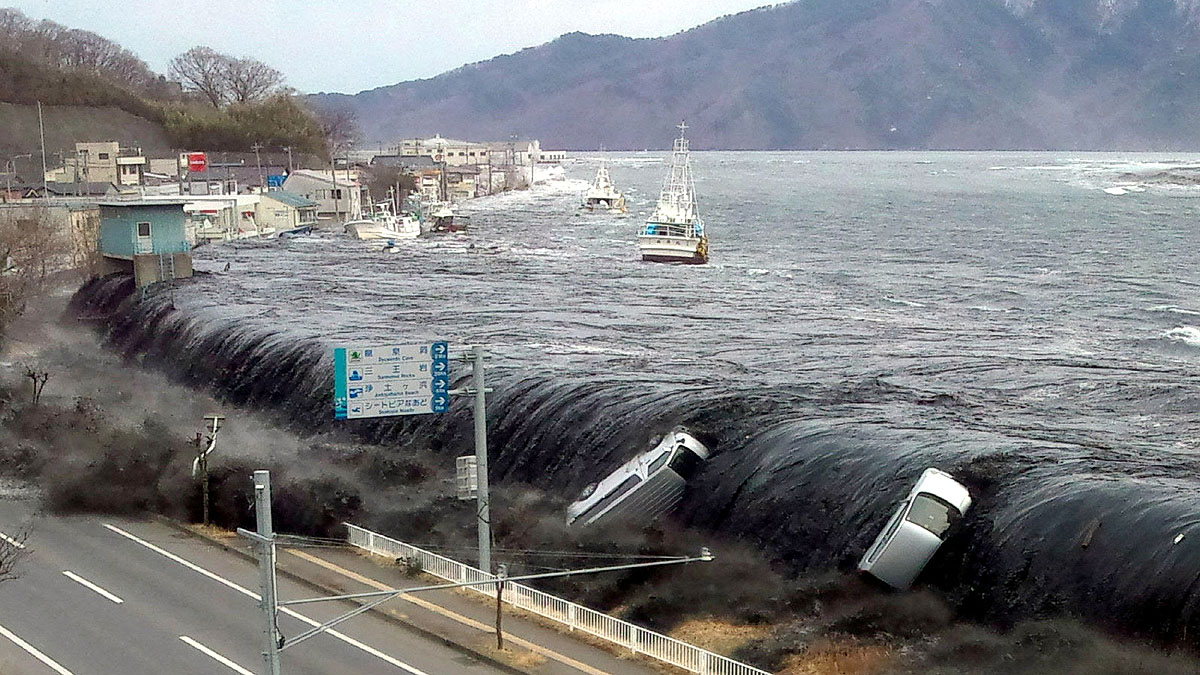
According to local time in Japan, a tsunami warning was issued at 4:21 PM. After that, tsunami waves, measuring 80 centimeters, hit the coastline in Toyama at 4:35 AM, followed by waves reaching Niigata at 4:36 AM. Prior to this, strong tremors from an earthquake were felt in Japan on December 28. The earthquake’s intensity in the Kuril Islands of Japan was measured at 6.3 magnitude. According to the United States Geological Survey, two earthquake shocks were felt within half an hour.
Bullet trains shaking at the railway station
After the earthquake tremors were felt in Japan, bullet trains started shaking rapidly at the railway station in Ishikawa. This incident caused panic among the people present at the station. Video footage related to this event has been posted by the Russian news channel RT on social media platforms. In the video, it can be clearly seen that the trains standing at the station are shaking severely.
Power outage in homes in Japan
After the strong earthquake in Japan, Hokuriku Electronic Power Company issued a statement stating that more than 36,000 homes experienced a power outage. We are currently investigating the impact of this earthquake on the power plant.
When disaster strikes – Richter scale guide
– When an earthquake of magnitude 0 to 1.9 occurs on the Richter scale, it is only detectable by seismographs.
– An earthquake with a magnitude of 2 to 2.9 on the Richter scale causes mild shaking.
– When the magnitude is 3 to 3.9 on the Richter scale, it feels like a truck passing nearby.
– Earthquakes with a magnitude of 4 to 4.9 on the Richter scale can cause windows to break and frames to collapse.
– A magnitude of 5 to 5.9 on the Richter scale can make furniture in a house move.
– When the earthquake magnitude is 6 to 6.9, building foundations can crack, causing damage to upper floors.
– Earthquakes with a magnitude of 7 to 7.9 on the Richter scale lead to building collapses, and pipes rupture underground.
– If the Richter scale measures 8 to 8.9 in earthquake magnitude, buildings, including large bridges, can collapse. There is a risk of a tsunami.
– An earthquake with a magnitude of 9 or higher can result in complete devastation. If in an open area, the ground will undulate like waves. If near the sea, a tsunami is likely.
– Each scale level on the Richter scale is ten times more powerful than the previous one.
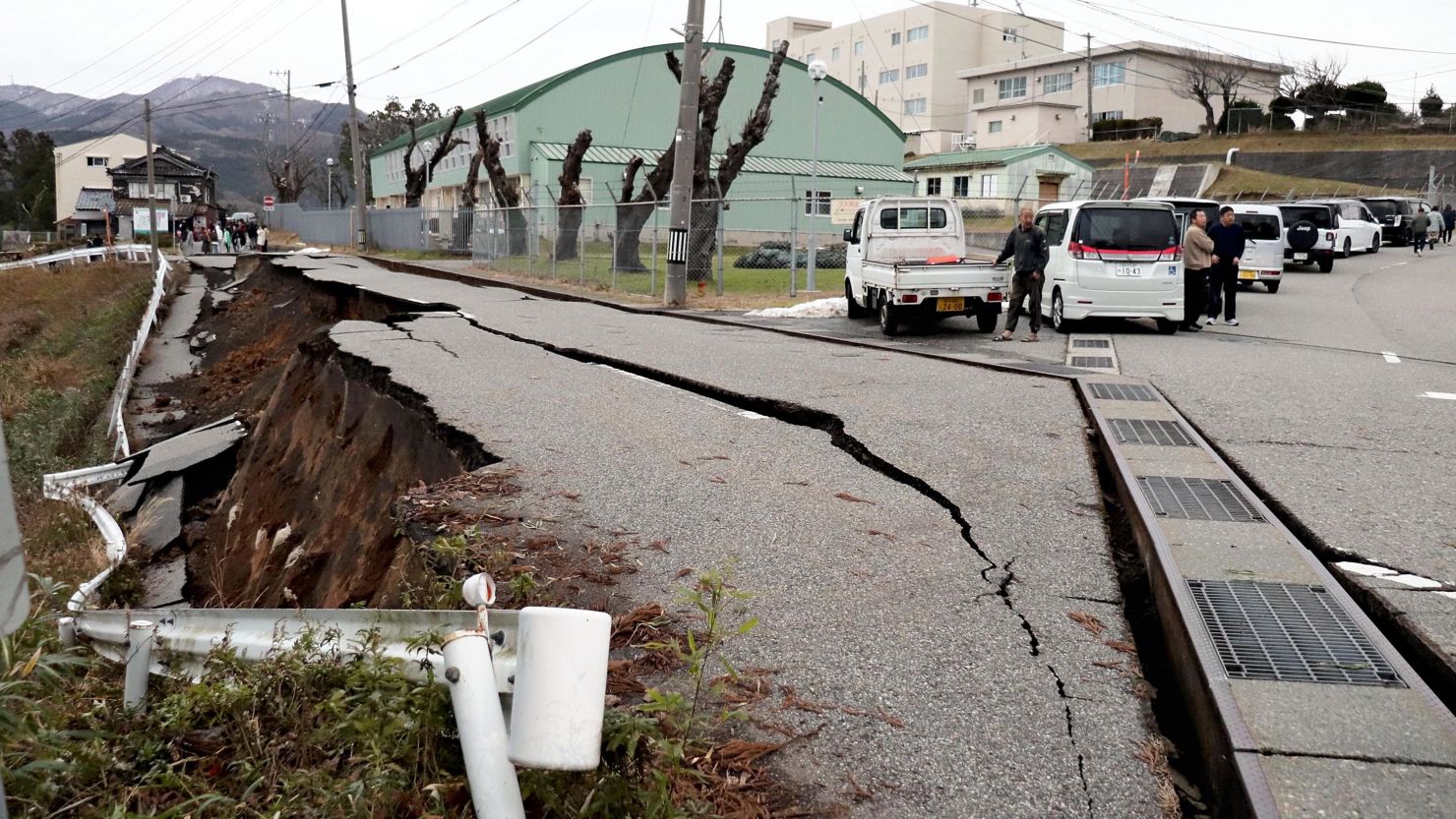
In 2011, after an intense earthquake, Japan faced a devastating tsunami that resulted in a staggering 18 thousand deaths.
Back in March 2011, a powerful and destructive earthquake with a magnitude of nine struck Japan, triggering a colossal tsunami. The Fukushima nuclear plant was destroyed as a result of the devastation caused by the tsunami waves. This incident was seen as a significant environmental catastrophe. Rising to a height of ten meters in the sea, the waves devastated many cities and tragically claimed the lives of about eighteen thousand people.
Japan is nestled in the most earthquake-sensitive region, known as the Pacific Ring of Fire. The Ring of Fire is an area where continental plates collide with oceanic tectonic plates. When these plates interact, earthquakes occur. The impact of these earthquakes is felt through tsunamis, and volcanoes also erupt due to their influence.
Japan, situated on the Ring of Fire, bears the brunt of these natural phenomena, making it a region highly susceptible to earthquakes, tsunamis, and volcanic activities.
Also Read: Tom Wilkinson Death: Iconic British Actor’s Legacy In Film And Television

